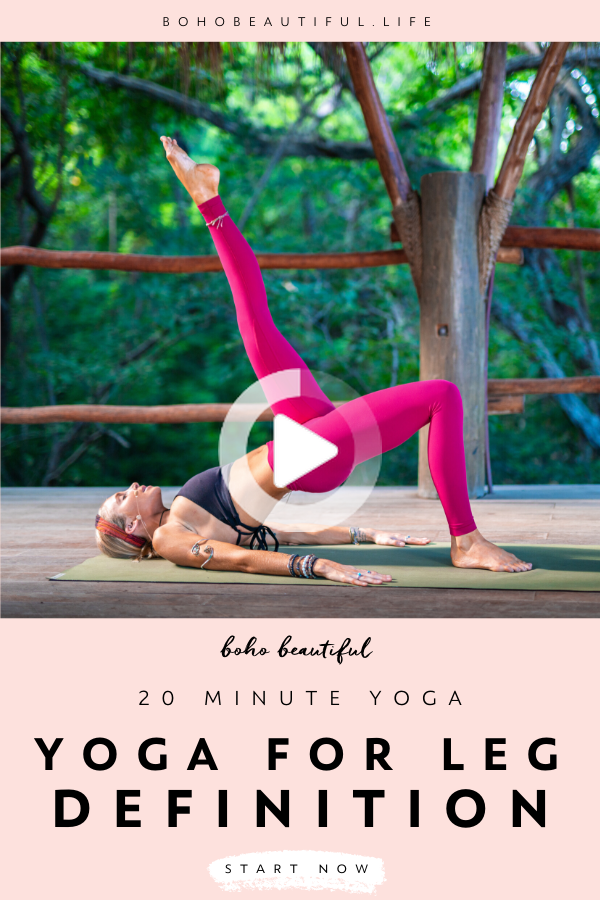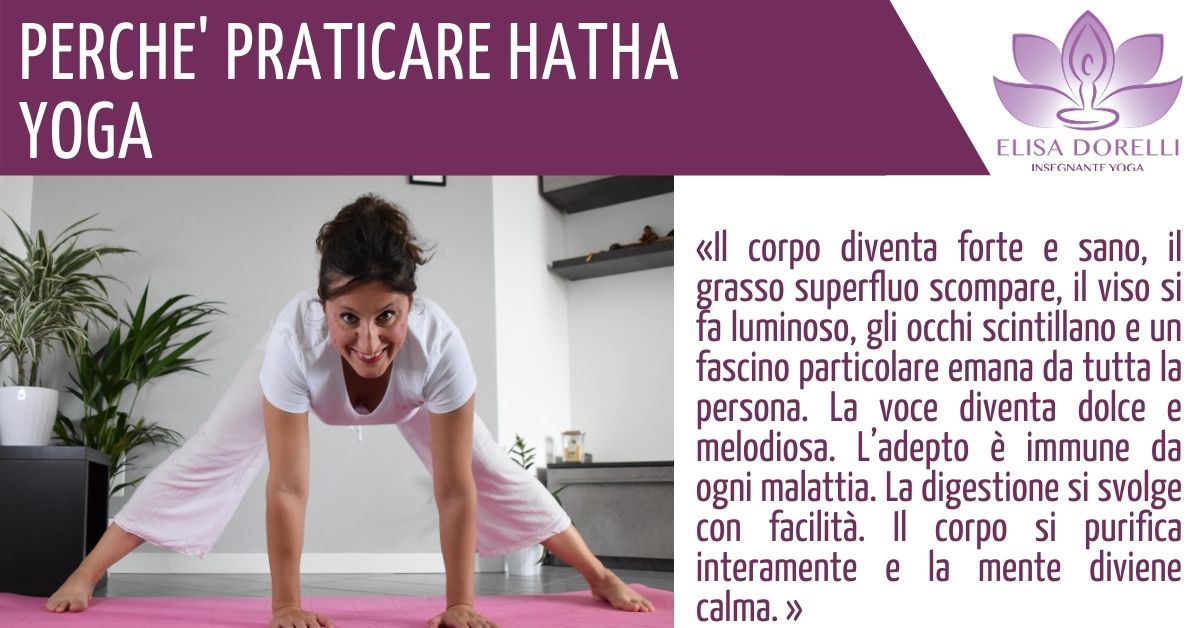
If you are looking for a more intense workout then try yoga or Pilates. While both are focused on strengthening flexibility and strength respectively, yoga will increase your stamina. Yoga poses can increase your heart rate and cause sweat. Power yoga styles like bikram and ashtanga combine athletic poses with a full-body workout. While yoga focuses on flexibility and strengthening the back and arms, Pilates is more focused on strength.
Pilates emphasizes the mind/body connection
In comparison to yoga, Pilates is much more physically demanding, yet the exercises are also gentler on the body. You can perform Pilates moves with the grace and grace of a dancer. This helps develop your lung capacity and overall coordination, while strengthening the mind-body connection. The mind-body connection is the key difference between yoga and Pilates. Pilates emphasizes total strength of the body, while yoga requires more concentration and mindfulness.
While both work outs emphasize physical strength, yoga emphasizes a stronger connection between mind & body. Yoga incorporates breathing techniques to calm the mind, as well as help you breathe through difficult postures. Yoga practice allows you to meditate and be mindful. Although they may be less structured, yoga classes can be more costly and are more challenging. Yoga instructors will often stress proper breathing techniques, in addition to correcting postures. Guided meditation usually concludes yoga classes.

Yoga emphasizes flexibility
While yoga and Pilates both focus on core strength and flexibility, yoga uses different equipment and has a different philosophy. Both cases will place emphasis on awareness and movement. Six principles are what Pilates is famous for. They are also used in yoga. Yoga uses yoga mats to encourage flexibility while Pilates focuses on muscle strength. One key difference is how both styles incorporate mindfulness into their workouts.
Both yoga and Pilates are rooted in a rich tradition of physical exercise, which originated in Southeast Asia. Bikram yoga, a modern form of yoga, has been popularized all over the world. Both emphasise flexibility, but both are excellent for core strength and building core strength in fast-paced environments. Your healthcare provider should be consulted before you start either exercise. While yoga can be simpler to learn and to begin than Pilates, Pilates poses are more challenging to master with less practice.
Pilates strengthens the arms
If you're interested in strengthening your arms, learn the differences between Pilates or yoga. Both exercises focus on core work, but they differ in some ways. This primer will explain the differences. Continue reading to find out the differences and similarities between these forms of exercise. Check out the differences and benefits of each. Below are the advantages of each exercise. You can also choose which one is most beneficial for your arms.
Although both are mind-body practices, the differences can be significant. Yoga emphasizes the mind over your body. Pilates emphasizes correct alignment, control, and movement. Yoga works the entire body, but it emphasizes the powerhouse muscles such as the deep core muscles and the hamstrings and glutes. Yoga, on the other hand, focuses more on the hips, arms, shoulders and hips. This makes yoga an all-encompassing workout that is more effective than Pilates.

Pilates helps with back pain
There are many benefits to yoga and Pilates. Yoga, for example can increase flexibility and blood flow to sore tissues. It can also help to prevent back surgery or increase the space between discs. Pilates, on the other hand, is designed to focus on the physical aspects of the spine.
Both types of exercise can improve flexibility and core strength, which can reduce back pain. Pilates exercises can improve your posture and balance, while improving your flexibility and core strength. Yoga can help you increase flexibility and strength, as well as strengthen your core. Pilates is meant to build a stronger core which will help reduce back pain and improve quality of your life. A study conducted in June 2014 found that low back pain patients had a significantly lower rate of back pain, which was reduced by up to 75%, and a better quality of living.
FAQ
Is yoga a good option for pain management?
Chronic back pain sufferers may find yoga to be a good treatment. It improves flexibility, balance, strength and stress management.
Before starting a routine of yoga, as with all exercise programs, you should consult with your doctor.
Which type of yoga is best?
Many yoga styles and poses can confuse beginners.
Hatha Yoga, which emphasizes physical fitness and stretching, is the most popular form of yoga. It can also help relieve stress and improve concentration.
Kundalini Yoga is another popular style that involves meditation and breathing techniques. This practice can lead to many health benefits, including better flexibility, balance, or strength.
Yin Yoga offers a second option for beginners looking to calm their minds and relax. Yin Yoga emphasizes the importance of holding postures or poses for longer periods.
What length of time do yoga classes last for?
Yoga classes can last from 45 minutes to 90. Some teachers offer shorter and longer sessions at different times of the week.
Are yoga mats necessary?
Not necessarily. Many studios provide mats for use by students. These mats can be easily cleaned and made of rubber.
You may also choose to purchase your mat. A good quality mat will last you several years.
How does yoga affect mental health?
Yoga is an ancient tradition that originated in India. It was first used to reduce stress and relax. Many people today use yoga to manage anxiety, depression, panic attacks and chronic pain.
Yoga can help improve your physical symptoms, such as backaches, arthritis, headaches, high blood pressure, and other conditions like high blood pressure. Many yoga practitioners report feeling happier and calmer.
How long does yoga take?
It takes time to practice yoga, but it is always a good workout. It takes time to increase strength, flexibility, endurance. Slowly increase your intensity until you reach your ideal level.
The key is consistency. You will improve your skills if you practice it more often.
Statistics
- About one in seven U.S. adults practiced yoga in the past 12 months, according to a 2017 national survey. (nccih.nih.gov)
- According to calorie estimates calculated at Harvard Medical School, the average 125-pound person burns about 120 calories in a half hour of hatha yoga, and a 185-pound person burns about 178 calories in that half hour. (everydayhealth.com)
- Lock in 25% off your Founding Member rate. (corepoweryoga.com)
- In comparison, a 125-pound person is estimated to burn 135 calories in 30 minutes of walking (at a pace of 15-minute miles) and 210 calories bicycling at a moderate pace on a stationary bike. (everydayhealth.com)
- Gentle yoga has been shown to ease some of the discomforts of tender, swollen joints for people with arthritis, according to a Johns Hopkins review of 11 recent studies. (hopkinsmedicine.org)
External Links
How To
Is yoga a good option for menopause symptoms?
Yoga is an ancient practice that originated in India and focuses on stretching, breathing, and meditation. It has been practiced for thousands of years as a way to stay fit. It has been increasingly popular in recent years as people look for alternative ways to stay healthy and active during times of stress or illness.
Yoga is about using physical positions (asanas), to strengthen muscles, improve posture, and increase flexibility. This helps to relieve tension and build strength and stamina.
There are several types of yoga. Each type is focused on different aspects of the human body, such relaxation, breath, stretching, or breathing.
The aim of all forms of yoga is to achieve balance within the body and mind. The benefits of yoga include improved fitness, better sleep quality, weight loss, increased energy levels, and reduced stress levels.
Numerous studies have shown that yoga is beneficial for conditions like anxiety, depression, or insomnia. It isn't clear if yoga can be used to treat other health issues, such as symptoms related to menopause.
Yoga can help you feel happier and healthier, as well as teach you how to relax in stressful situations. This could be very helpful for menopause.
Yoga can cause muscle soreness, so it is important to start at a low intensity level. Before you start yoga, talk to your doctor about any concerns you may have.